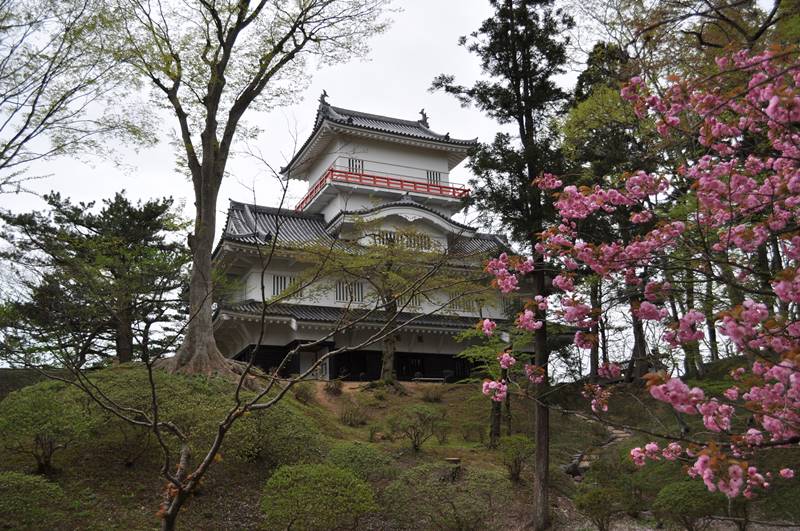This is all about Kubota Castle Ruins you want to know.
Every information you get on this site will be from a credible source based on Japanese history (books for reference).
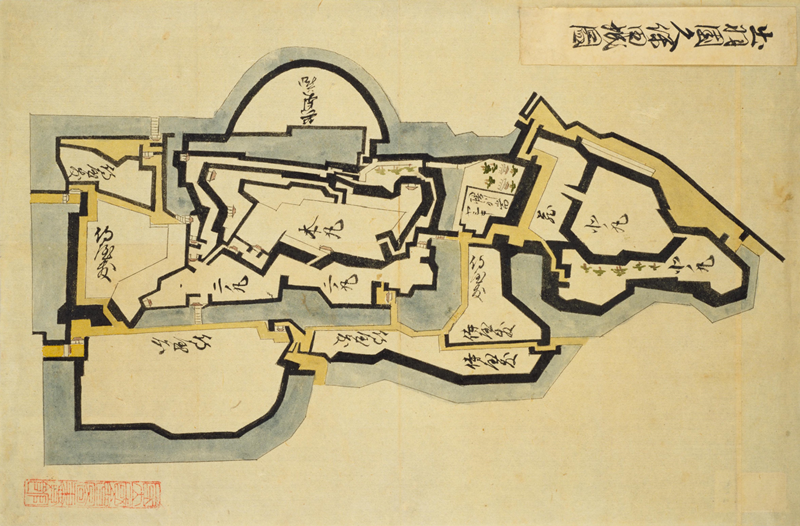
Collected by the Inagaki family, the Toba Daimyō from the mid-Edo period to the Meiji Restoration, as materials for military studies. There are about 350 illustrations, but there is no uniformity because only illustrations of castles, illustrations including castle towns, and old battlefield illustrations are mixed.
Another typical example of a castle picture in the Edo period is "The Shōhō Shiroezu", picture of the castle and castle town that the Edo Shogunate ordered the daimyō to create and submit,aggregating military information such as the buildings inside the castle, the height of the stone wall, the width of the moat and the water depth, etc., it also details the location and shape of the castle town and the mountain river.
Profile : Kubota Castle
| Location | Akita City, Akita Prefecture |
| Also known as | Yadome Castle, Kuzune Castle |
| Type of castle | Hilltop |
| Mountain's name | Mt.Shinmei |
| Elevation | 40m |
| Condition | Restored No Main Keep but other buildings |
| Designation | Akita Cultural Properties |
| Year built | 1604 |
| Abolished | 1880 |
| Castle lord | Satake Yoshinobu |
| Refurbishment lord | Satake Yoshiatsu |
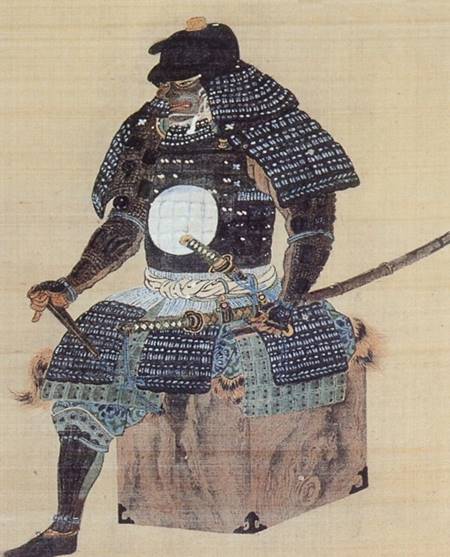

The family crest was originally created from the pattern that the emperor and the royal family put on the kimono, and the pattern was made into a fixed pattern, and the one attached to his own oxcart is said to be the beginning of the family crest. The warlords drew large crests on the flag-fingers, used to distinguish enemy views on the battlefield, and used by the generals to determine which warlords were active and how much.
Kubota Castle admission
admission fee : 100yen (Free for high school students and younger)
admission time : am9-pm4:30
closing period : during winter (December 1 - March 31) reference official site (japanese)
Kubota Castle Google Map
Kubota Castle Images
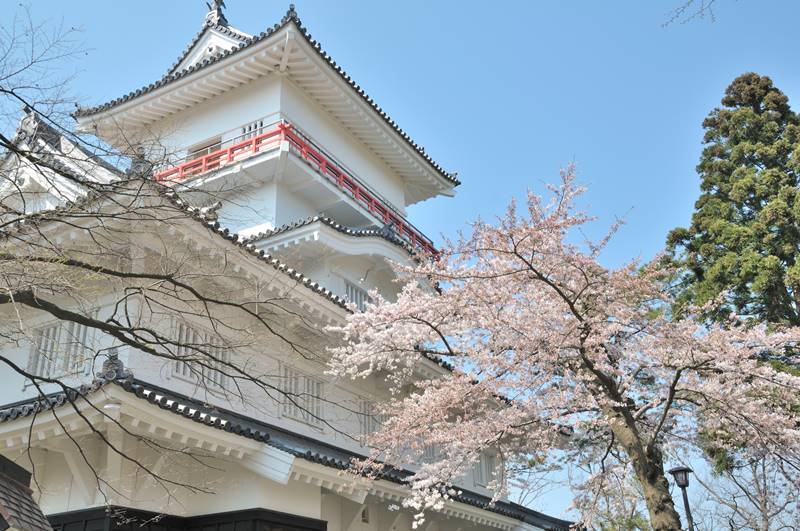
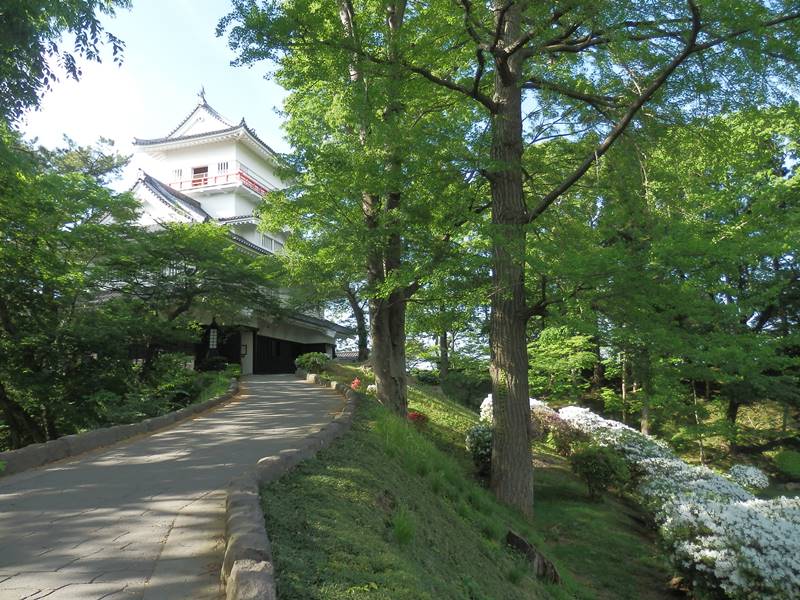
This castle in Nawabari, which has a wide and deep water moat in three folds and an elevated earthworks, may contain the pride of Satake Yoshinobu,who is good at earthen castles. It is famous for being built mainly on large embankments.
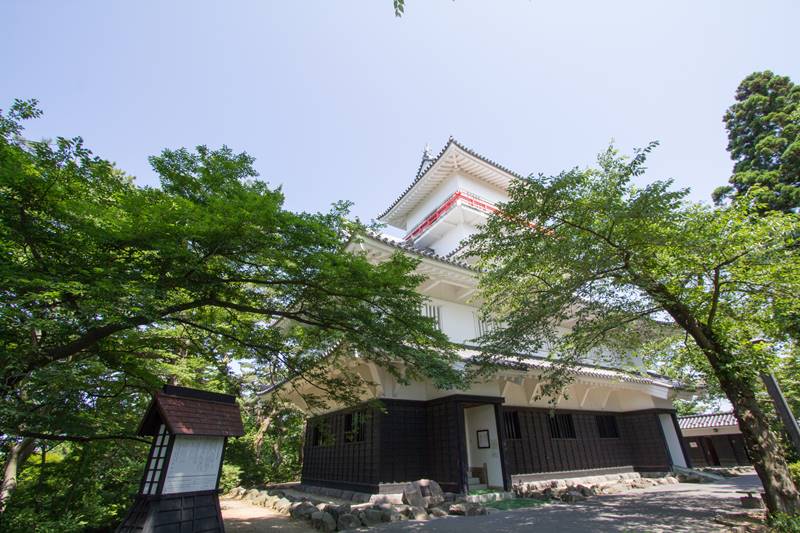
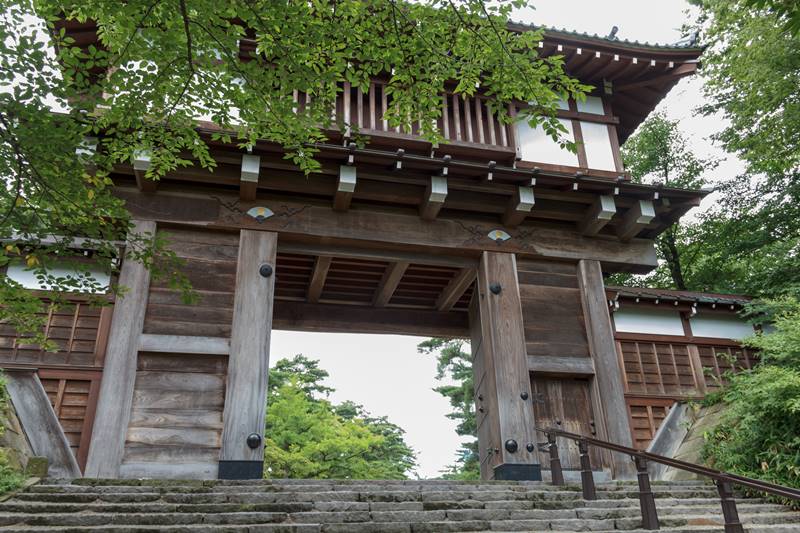

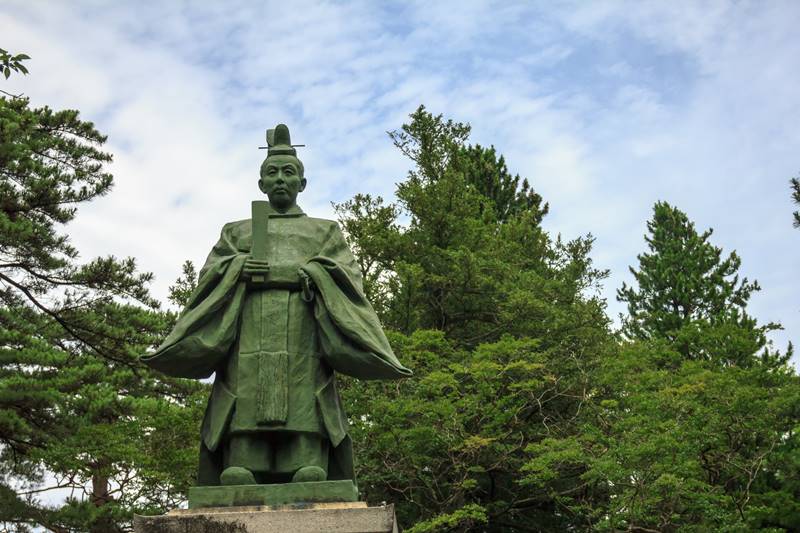
the last lord of Kubota clan. In the Boshin War, fought under the New government, symbolic person who lived during the Meiji Restoration's turbulent period.
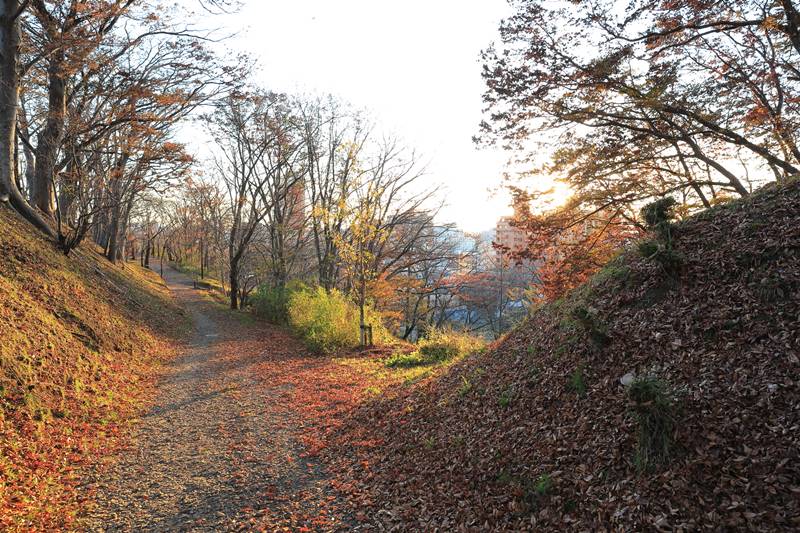
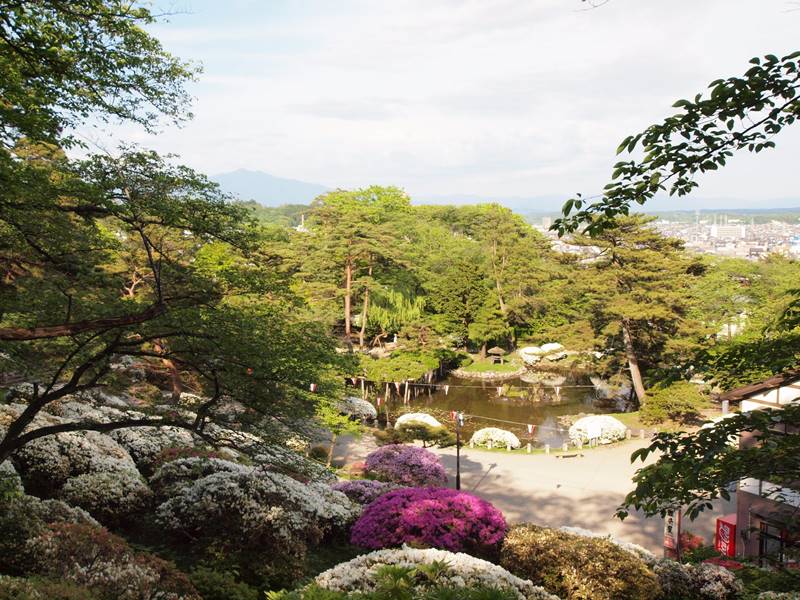
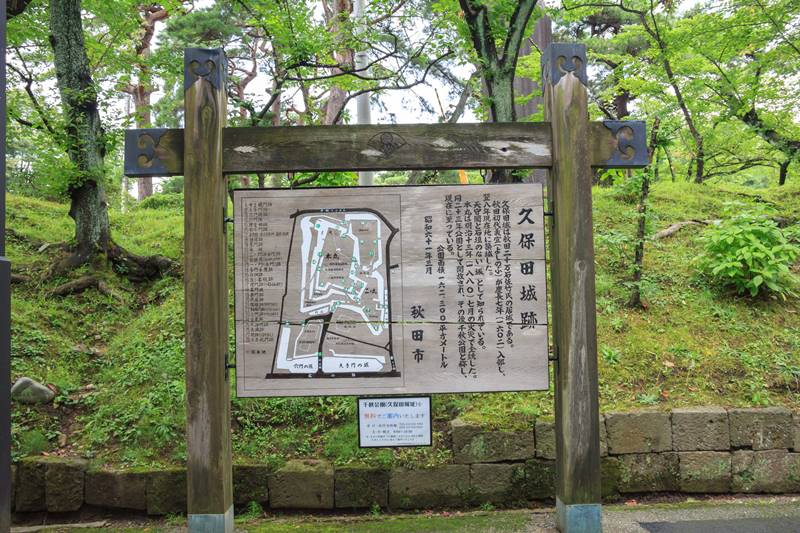
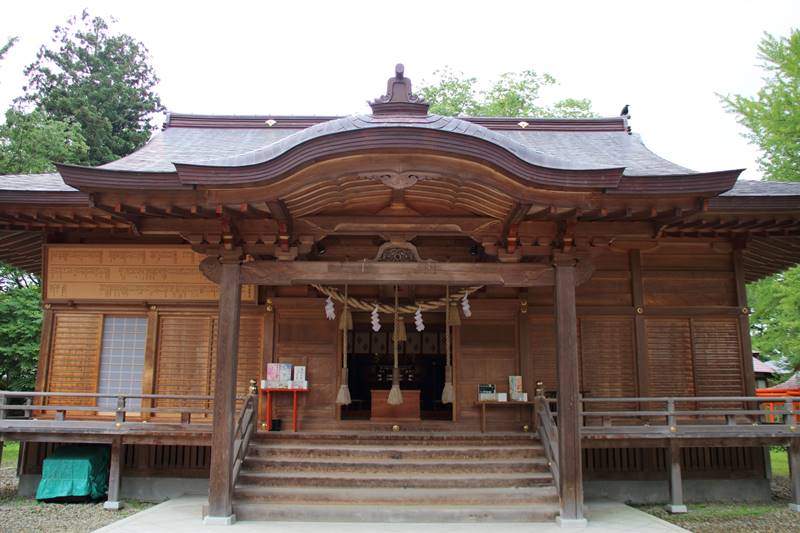
A thief who invaded here to steal the offer was angry at the shrine, because the offer box was locked. Finally set on fire, the shrine was burned down and collapsed, and the right half of the main shrine also left a slight shape in 2005.
